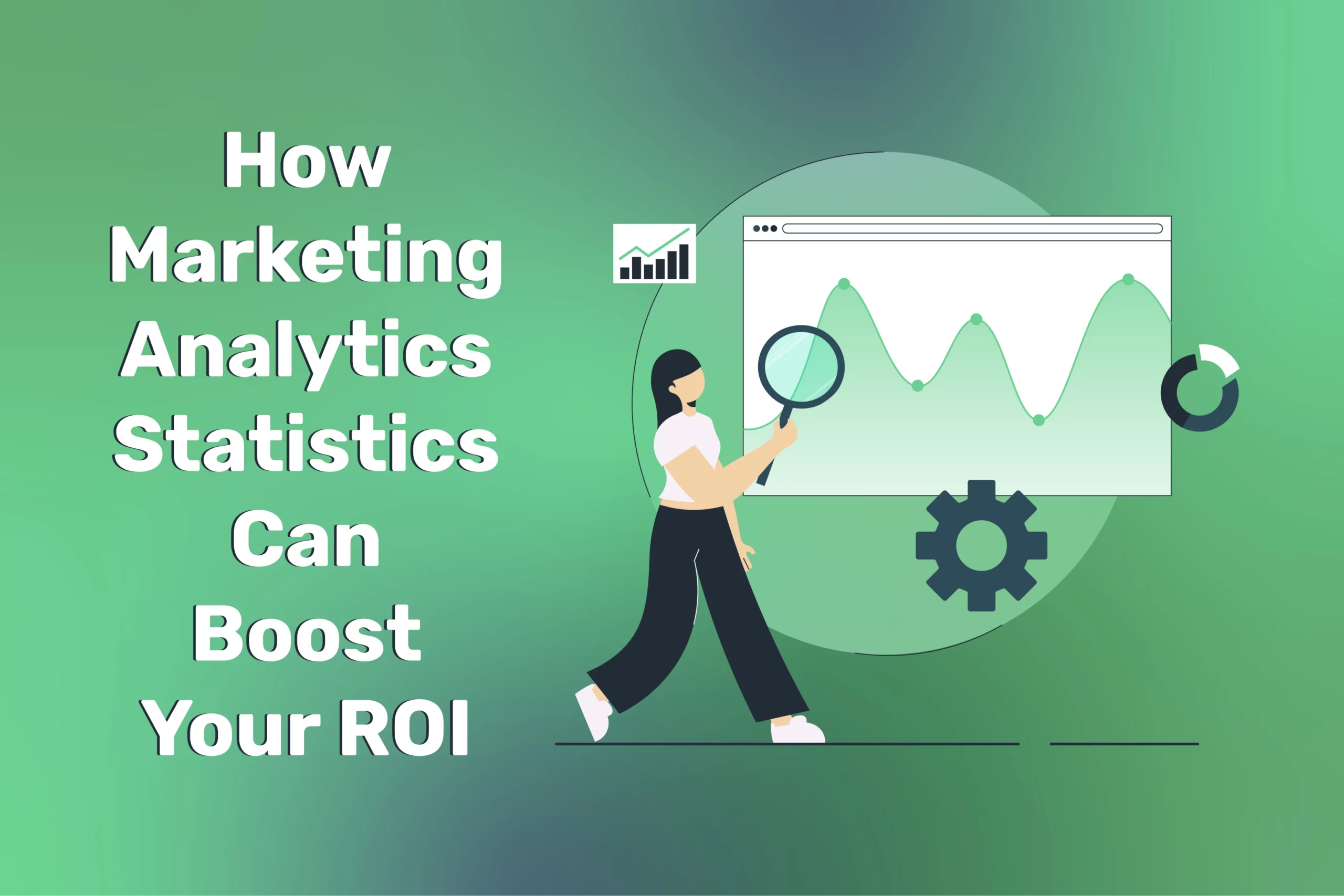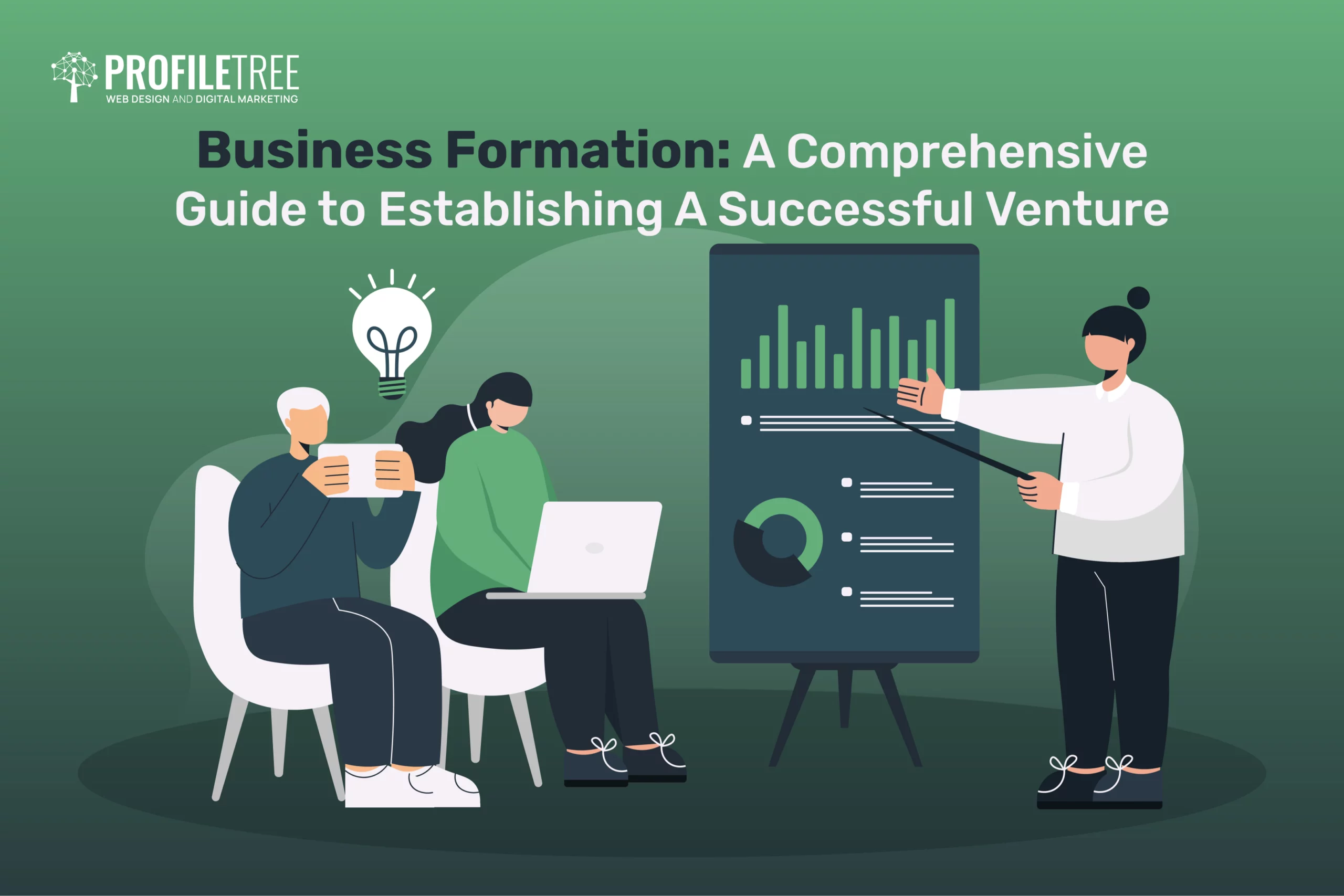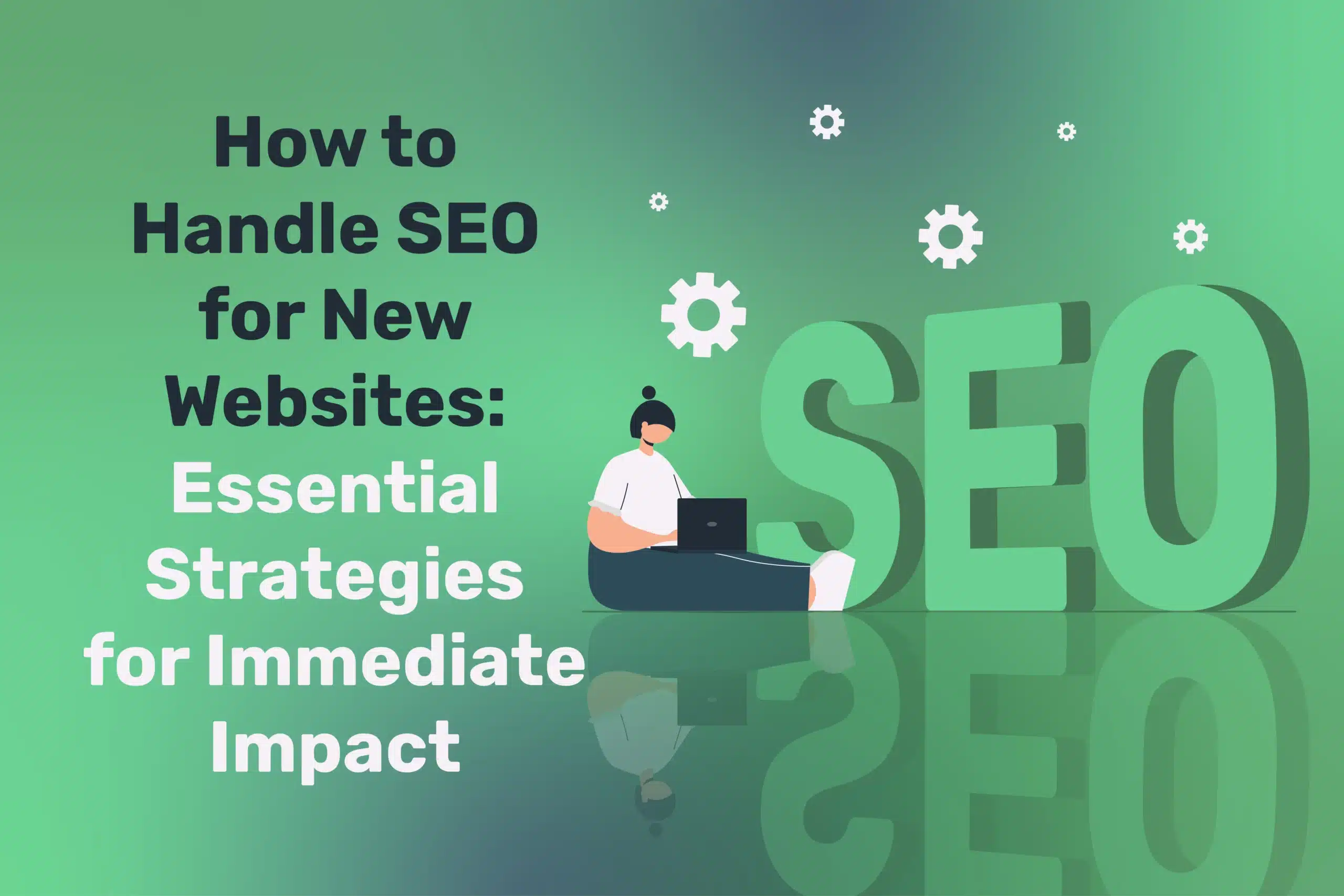
Celebrity to Commodity: Inside Influencer Marketing Strategies for Business Growth
Table of Contents
Influencer marketing has reshaped the advertising landscape, transforming social media personalities or celebrities into potent brand ambassadors. But how can businesses harness influencer power effectively, measure ROI, and avoid pitfalls? This article explores influencer marketing frameworks, from identifying the right influencers to structuring campaigns and safeguarding brand reputation.
The Evolution of Influencer Marketing
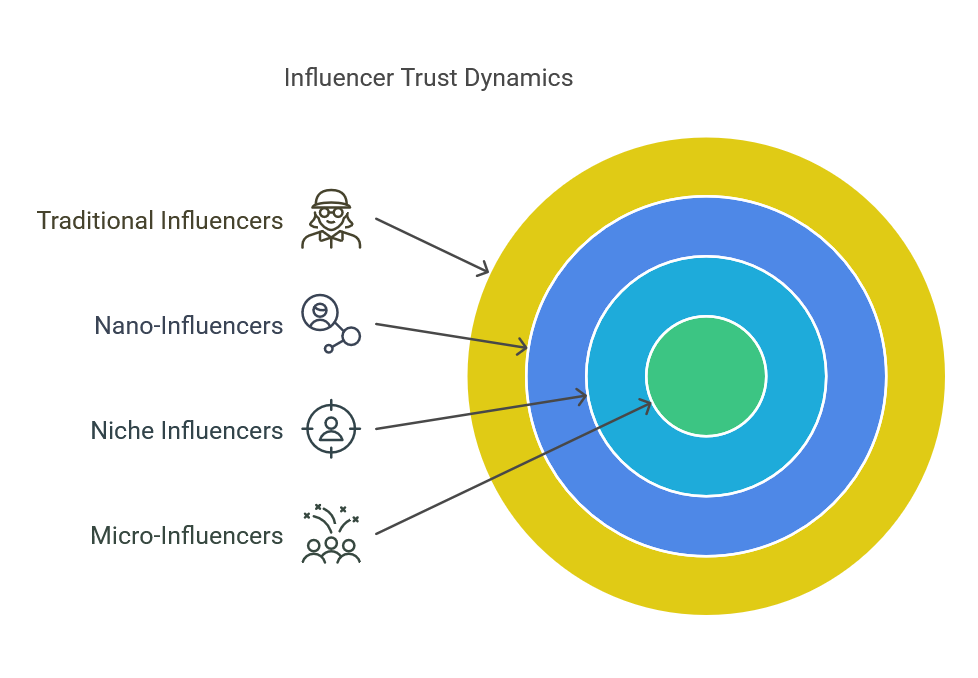
Originally, “influencers” meant big-name celebrities. But in the 2010s, social media gave birth to new categories: micro, nano, and niche influencers with devoted communities. A 2024 marketing trends study found that 55% of UK consumers trust micro-influencer recommendations more than mainstream advertisements.
This democratisation of influence has created opportunities for businesses of all sizes to leverage personal endorsements. While celebrity endorsements remain powerful, smaller companies can now access targeted influence at more affordable prices.
Case Study: A local boutique in Northern Ireland partnered with a micro-influencer focusing on ethical fashion, generating a 30% jump in monthly sales due to targeted content and audience loyalty. This partnership demonstrated how well-aligned niche influencers can deliver significant results even with modest follower counts.
The evolution continues as new platforms emerge, consumption habits change, and audiences become increasingly sophisticated about sponsored content. Successful businesses adapt their influencer strategies accordingly, moving beyond transactional relationships to more collaborative partnerships.
Understanding Influencer Tiers
Influencer marketing is not a one-size-fits-all approach. To maximise the impact of your campaigns, it’s essential to understand the different influencer tiers available and how each can align with your goals. Whether you’re aiming for broad exposure or targeted engagement, choosing the right influencer tier—ranging from mega to nano influencers—can make a significant difference in the success of your marketing efforts. Let’s break down the key characteristics of each tier and how they can support your brand’s objectives.
Mega Influencers
Typically, there are 1M+ followers, offering broad yet often less personal engagement. These influencers are best for big brand exposure and awareness campaigns. They command premium rates but can reach massive audiences quickly.
Characteristics include:
- Celebrity status in traditional or digital media
- High visibility but potentially lower engagement rates
- Broad demographic appeal across multiple audience segments
- Substantial production values in content
Macro Influencers
100k–1M followers, with strong content quality and moderate niche alignment. These influencers often specialize in particular content categories while maintaining broad appeal.
Characteristics include:
- Professional content creators with established brand positions
- Higher production quality than smaller influencers
- Substantial but not celebrity-level rates
- Balance of reach and targeted engagement
Micro Influencers
10k–100k followers, with deep trust in a specific community. The sweet spot for SME budgets is often delivering targeted reach with higher engagement rates.
Characteristics include:
- Specialised content in defined niches
- Higher engagement rates than more prominent influencers
- More accessible partnership costs
- Authentic connections with their audience
Nano Influencers
< 10k followers, hyper-local or hyper-niche, with highly loyal audiences. Very personal brand endorsements that can drive high conversion rates in specific communities.
Characteristics include:
- Very high engagement and trust levels
- Often focused on local or particular communities
- More affordable partnership options
- Authentic, relatable content style
Selecting the right tier depends on a business’s budget, target audience, and desired brand reach. Many successful campaigns combine different tiers for maximum impact, such as using macro influencers for awareness and micro-influencers for conversion.
The real magic of influencer marketing comes from authentic, mutual value,” says Ciaran Connolly, Director of ProfileTree. “Choose influencers whose audience genuinely resonates with your brand story. It’s not just about follower count but about forging real trust and measurable outcomes.”
Structuring Influencer Partnerships: Contracting and Guidelines
Do’s:
- Provide clear brand guidelines (tone, message, disclaimers) while allowing creative freedom.
- Outline specific deliverables: number of posts, stories, unique discount codes, or swipe-up links.
- Encourage creative freedom aligned with the influencer’s personal style and audience expectations.
- Set clear timelines for content approval, posting schedules, and campaign duration.
- Establish reporting requirements to track performance metrics.
Don’ts:
- Over-script every detail. Audiences often sense forced marketing and distrust it. The influencer’s authentic voice is their most valuable asset.
- Neglect legal disclaimers. For clarity, the UK’s Advertising Standards Authority (ASA) or Ireland’s consumer protection guidelines require #Ad or #Sponsored tags.
- Do not rush the selection process. Review influencers’ content history, audience demographics, and brand alignment properly.
- Focus solely on follower numbers. Engagement rates and audience quality often matter more than raw reach.
Stat: A 2023 influencer compliance report noted that 23% of consumers unsubscribed or unfollowed influencers who repeatedly hid sponsorship disclaimers. This highlights the importance of transparency in maintaining audience trust.
Contract Essentials
Effective influencer partnerships require clear agreements covering:
- Scope of work: Detailed deliverables across platforms
- Content rights: Usage permissions for created content
- Approval process: Timelines for review and feedback
- Payment terms: Fee structure and payment schedule
- Exclusivity clauses: Restrictions on competing brand partnerships
- Disclosure requirements: Compliance with advertising regulations
- Performance metrics: Defining success and reporting requirements
- Termination clauses: Conditions for ending the partnership
These contractual elements protect the brand and the influencer while establishing clear expectations.
Potential Pitfalls: Fiascos and Authenticity
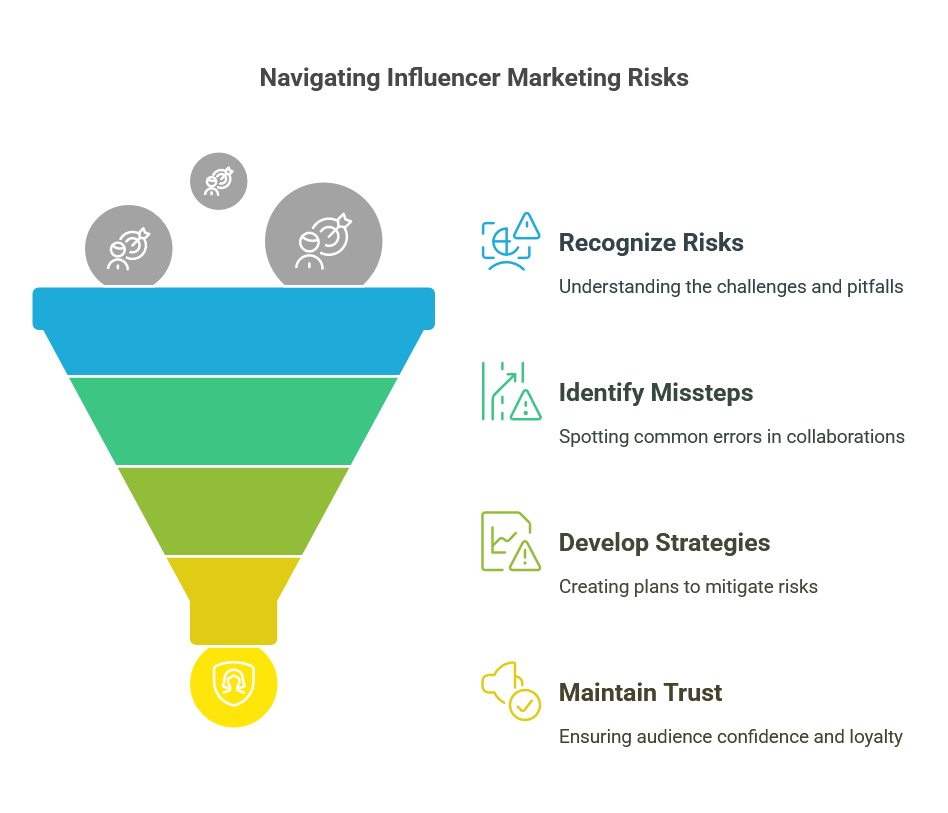
While influencer marketing offers excellent opportunities, it also comes with risks. From inauthentic collaborations to reputational damage, certain pitfalls can undermine your campaign’s success. Understanding these potential challenges and how to avoid them is crucial to maintaining trust with your audience and safeguarding your brand’s reputation. This section explores common influencer marketing missteps and how to navigate them effectively.
Inauthentic Collaborations
If businesses pair with an influencer who’s never shown interest in that product category, audiences quickly sense a cash grab. Authenticity requires genuine alignment between the influencer’s established interests and the brand’s offerings.
Red flags include:
- Sudden promotion of products that contradict previous content
- Robotic delivery of marketing messages
- Lack of personal experience with the product
- Contradicting previous statements or values
Reputational Risk
If an influencer becomes embroiled in scandal, brands may regret the association. Thorough background checks and monitoring are essential for risk management.
Mitigation strategies include:
- Comprehensive vetting of past content and controversies
- Morality clauses in contracts
- Monitoring of influencer behaviour during campaigns
- Crisis management plans for potential controversies
Overexposure
Some influencers bombard their audience with multiple brand deals daily, diluting the impact of each. Brands should assess the influencer’s brand saturation before partnership.
Signs of oversaturation include:
- Multiple sponsored posts in the short time frame
- Declining engagement in promotional content
- Audience comments about excessive sponsorships
- Inconsistent product recommendations across categories
Audience Mismatch
Even influencers with substantial followings may not reach your target demographic. For maximum effectiveness, audience demographics should align with your customer profile.
Measuring ROI: Beyond Likes
Engagement—comments, shares, or story replies—indicates genuine audience interest. But businesses can implement more sophisticated measurement approaches:
Referral Codes or UTM Links
Track direct conversions through unique identifiers. For example, customers get a 10% discount with code “InfluencerName10.” This creates a clear attribution path from influencer to sale.
Implementation includes:
- Unique discount codes per influencer
- Custom UTM parameters for tracking website traffic
- Call tracking numbers for service businesses
- Affiliate links with conversion tracking
Landing Pages
Unique landing pages for each influencer campaign allow businesses to see site visits, average time on page, bounce rate, or final conversion. This isolation makes performance analysis more accurate.
Benefits include:
- Clean attribution data
- Tailored messaging that continues the influencer’s tone
- A/B testing opportunities across influencers
- Simplified funnel analysis
Sentiment Analysis
Observing audience comments for positive/negative tones provides qualitative insight. Brands gain valuable feedback about the reception if followers praise or criticise the collaboration.
Methods include:
- Manual review of comment sections
- Sentiment analysis tools for more extensive campaigns
- Social listening platforms for broader brand mention tracking
- Direct feedback solicitation through polls or questions
A 2024 influencer metrics survey showed businesses adopting robust tracking see 35% higher ROI clarity than those relying only on likes and surface-level engagement metrics.
Real Success Stories
Seeing influencer marketing in action can provide valuable insights into how it drives tangible results. This section highlights real-world examples of brands leveraging influencer partnerships to achieve significant growth. These case studies demonstrate the power of well-executed campaigns and offer key takeaways for businesses looking to replicate their success.
Gymshark
Started by a young entrepreneur in the UK, Gymshark leveraged fitness influencers on Instagram and YouTube. Within a few years, the brand soared from a garage operation to a multi-million-pound enterprise, thanks to consistent influencer-driven stories of workout transformations.
Key strategies included:
- Building a team of dedicated “Gymshark athletes” rather than one-off partnerships
- Creating distinctive, recognisable apparel that stood out in influencer content
- Fostering community through influencer-led events and meetups
- Consistent brand aesthetic across all influencer partnerships
Northern Ireland Beauty Brand
A small skincare line collaborated with local micro-influencers, each boasting 5k–30k followers. The brand built a loyal NI-based community by offering them unique discount codes and free sample sets, boosting monthly sales by 25% within six months.
Their approach included:
- Focusing exclusively on local influencers with authentic regional connections
- Educating partners about product ingredients and benefits
- Creating seasonally relevant content packages
- Involving influencers in product development feedback
Small Business Success Pattern
Analysing multiple successful SME influencer campaigns reveals common elements:
- Hyper-targeted influencer selection based on audience alignment rather than size
- Long-term partnerships rather than one-off posts
- Educational content that highlights product benefits authentically
- Local or community focus that resonates with specific customer segments
- Clear tracking mechanisms to measure the direct impact on sales
Stats and Key Frameworks
- 55% of UK consumers trust micro-influencer recommendations more than mainstream ads (Marketing Trends Study, 2024).
- 23% of consumers unsubscribed from influencers who disguised paid content (Influencer Compliance Report, 2023).
- 35% higher clarity on ROI for businesses using robust tracking metrics (Influencer Metrics Survey, 2024).
- 72% of consumers say they’ve purchased a product based on an influencer recommendation in the past year (Consumer Behaviour Research, 2023).
Comprehensive Influencer Marketing Framework:
1. Define Goals
- Specific objectives (brand awareness vs. direct sales)
- Target audience segments
- Budget allocation and expected return
- Key performance indicators
- Campaign timeframe
2. Research and Vet
- Influencer’s audience overlaps with target market
- Content quality and consistency
- Engagement metrics and authenticity
- Past brand partnerships and results
- Potential controversies or red flags
3. Contract & Creative Brief
- Clear deliverables and timelines
- Compliance requirements and disclaimers
- Brand voice guidelines
- Creative direction while allowing authentic expression
- Approval process and feedback mechanisms
4. Launch & Track
- Unique tracking codes or links
- Dedicated landing pages
- Real-time monitoring of engagement
- Social listening for sentiment analysis
- Regular check-ins with influencers
5. Review & Refine
- Performance analysis against KPIs
- ROI calculation based on campaign objectives
- Influencer feedback collection
- Audience reaction assessment
- Strategy adjustments for future campaigns
Embracing Influencer Strategies Ethically and Effectively
Influencer marketing can amplify a brand’s presence—by offering personal endorsements that stand out amid generic advertisements. Yet businesses must approach it strategically: selecting the right influencer tier, ensuring genuine synergy, enforcing disclosure requirements, and measuring outcomes beyond vanity metrics.
For businesses in Northern Ireland, Ireland, or the UK, well-chosen influencer partnerships can localise brand stories, harness loyal communities, and drive sustainable growth. Meanwhile, companies can avoid potential pitfalls or wasted budgets by prioritising authenticity, compliance, and thorough ROI tracking.
Implementation Guide for SMEs
- Start small and local. Micro or nano influencers in your region often deliver better returns than larger, less focused partnerships.
- Build relationships, not transactions. The most effective influencer partnerships develop over time as the influencer becomes a genuine brand advocate.
- Focus on education. Equip your influencers with detailed product knowledge so they can speak authentically about benefits and features.
- Measure what matters. Implement proper tracking from day one to understand which partnerships deliver actual business results.
- Maintain compliance. Stay current with advertising regulations to protect your brand and influencer partners.
Influencer marketing continues to evolve rapidly, with new platforms emerging and consumer expectations shifting. Success requires adaptability, authentic partnerships, and consistent measurement to ensure marketing budgets deliver genuine business growth.
For businesses seeking to navigate this complex landscape, ProfileTree can guide you through each phase, ensuring brand values and audience expectations align for a win-win collaboration that delivers measurable results.
Conclusion: Influencer Marketing Strategies
Influencer marketing has evolved from simple celebrity endorsements to a dynamic and multifaceted strategy that allows businesses of all sizes to harness the power of authentic, community-driven content. As the landscape shifts with new platforms and emerging trends, companies must remain adaptable, focusing on building long-term, genuine partnerships with influencers who align with their brand values.
Businesses can avoid common pitfalls and achieve meaningful results by selecting the right influencer tier, structuring partnerships with clear deliverables, and ensuring compliance with advertising regulations. Measuring success should go beyond vanity metrics, using tracking tools and performance analysis to determine actual ROI and business growth.
For SMEs, influencer marketing offers an effective way to connect with target audiences, build trust, and drive conversions. However, influencer marketing requires thoughtful planning, consistent evaluation, and an authentic approach to make a lasting impact truly.
ProfileTree can guide businesses through each step of the influencer marketing process, ensuring that strategies are ethical, well-executed, and tailored to deliver measurable outcomes that boost brand presence and performance.
